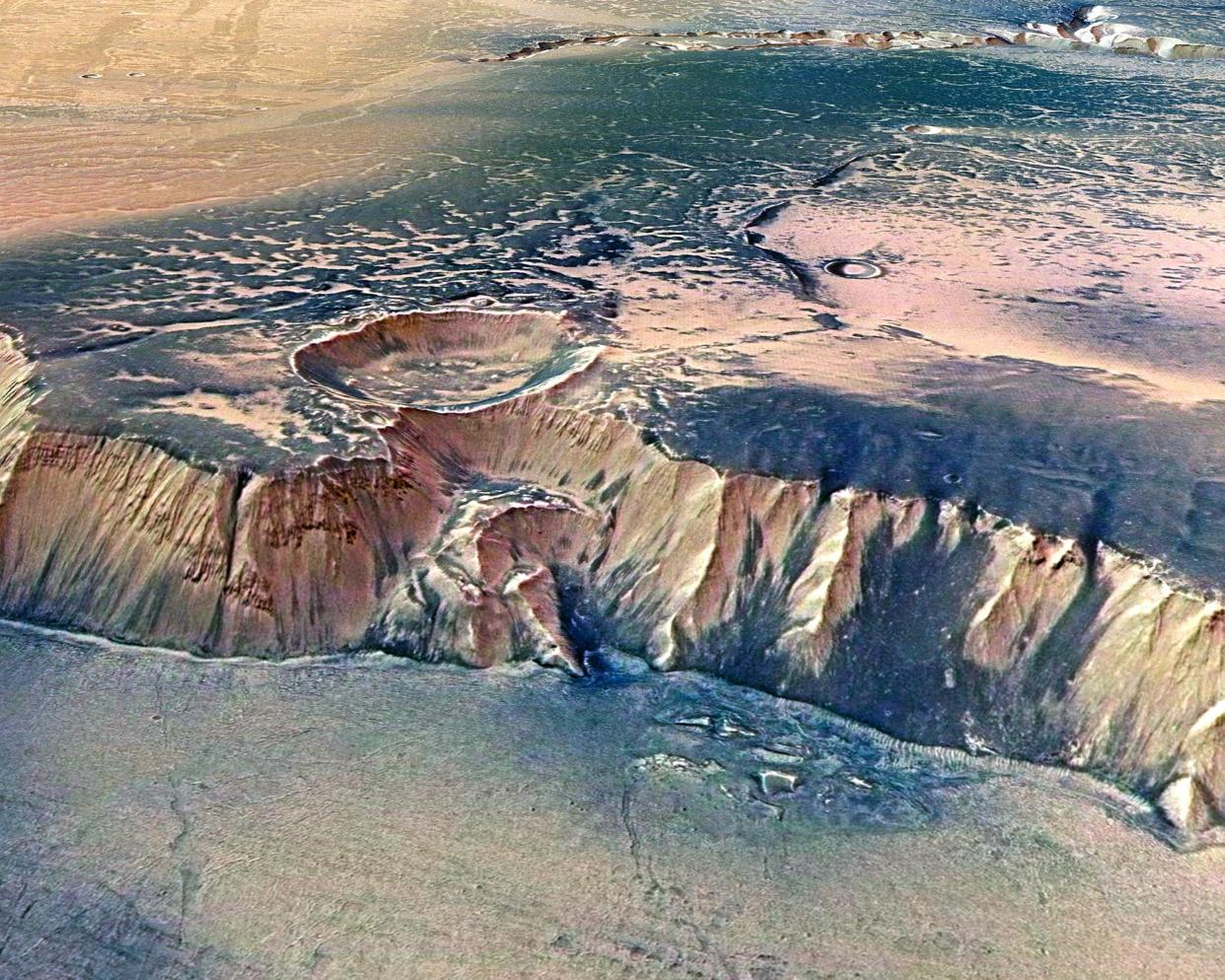Nasa scientist floats idea of putting a magnetic shield around Mars to make it habitable

If living on Mars is of the realm of sci-fi fantasy, one Nasa scientist has an idea, which could make it possible in a matter of years.
Speaking at the Planetary Science Vision 2050 Workshop at the Nasa headquarters in Washington, one scientist presented the extraordinary idea to put a magnetic shield around Mars to restore its atmosphere, which eventually could make it habitable.
In a talk, Nasa’s Planetary Science Division Director James Green set out how the organisation could be in a position to carry out daily science and exploration on Mars.
The workshop was aimed to discuss ambitious space projects that could be implemented or at least started by 2050. Speakers included a range of experts on space technology, which set out their vision for what planetary science may look like in the future.
Mr Green said that launching a “magnetic shield” to a stable orbit between Mars and the sun could shield the planet from high energy solar particles.
In the past Mars had a significant amount of water before the planet lost between 80 and 90 per cent of its atmosphere over its lifetime.
The shield would consist of a large dipole, which is a close electric circuit powerful enough to generate an artificial magnetic field, Popular Mechanics reports.
The shield would allow Mars to slowly restore its atmosphere.
Mr Green’s modelling of the shield found that the structure could enable Mars to build up half the atmospheric pressure of the earth in a matter of years.
The shield would protect the planet from solar winds and the greenhouse effect would start to heat the planet and eventually melt the ice under its poles.
"Perhaps one-seventh of the ancient ocean could return to Mars.
"The solar system is ours, let's take it. That of course includes Mars and for humans to be able to explore Mars, together, with us doing science, we need a better environment," he said.
If the theory seems possible, this could be one step closer towards transforming Mars into a habitable planet in the next 100 years.

